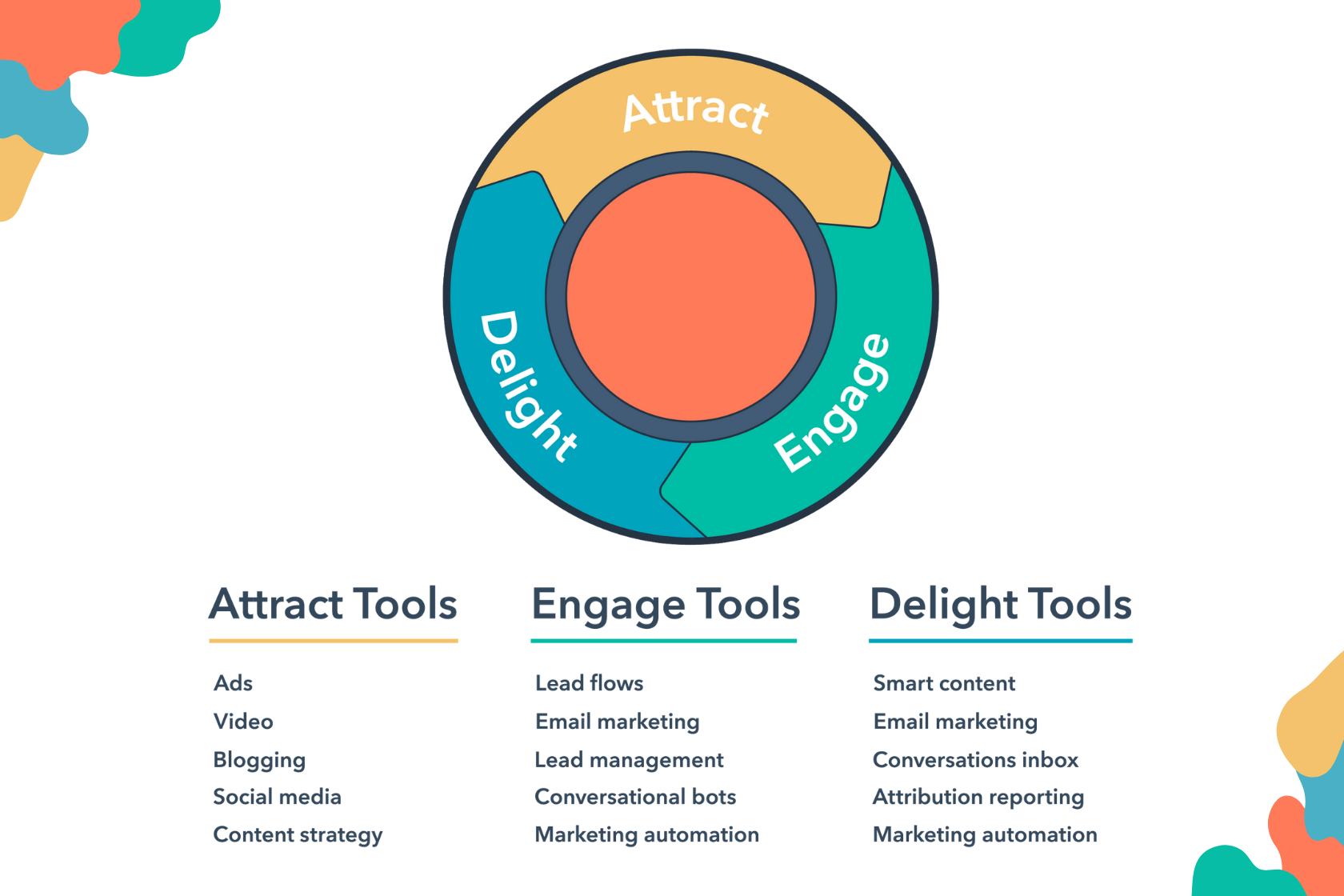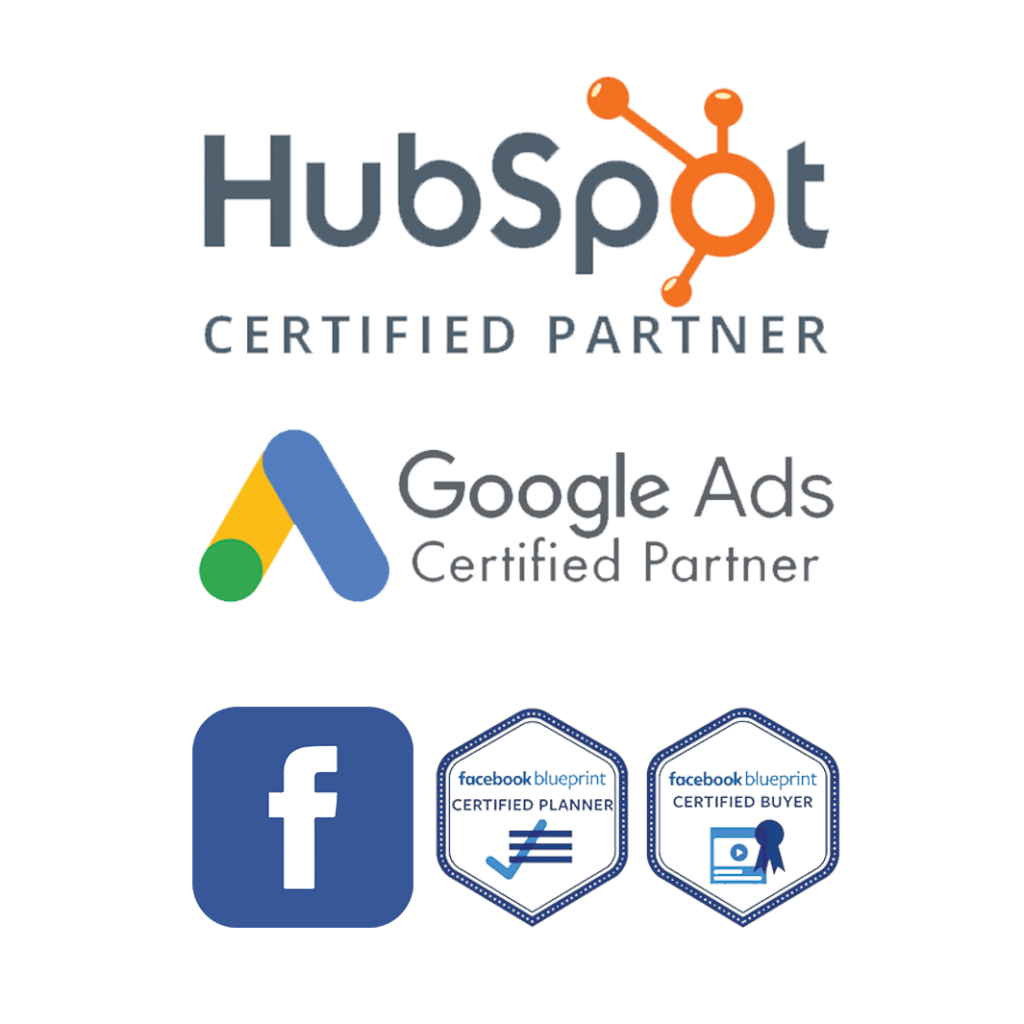“And they’re off!” screams the racetrack speaker… the next second you see 20 or so racehorses bullet out of the starting stand and get into a race that knows no defeat.
It feels like you’re stuck in a high speed horse race doesn’t it? The way you have to grasp for your life so as not to lose all your marketing budget and somehow open a gap and jump ahead of the group of competitors you have running with you at full gallop. It constantly feels like you’re in the racing arena trying to beat the competition and finding customers before they do.
Should I up my SEO game this quarter, or pay more for some quick ads? Should I hire a content writer or a video editor? How much more budget can I ask for this month? How many links can I buy quarter and where can quickly find an SEO professional? Or maybe it’s better if I outsource the work? I totally lost the time to work on my social media presence this month so what should I do now?
These are the kinds of questions rushing through your mind every Monday morning and Friday afternoon that will help you in every possible way to lose the valuable focus you so much need to keep going.
If you feel like that, then there’s something wrong for sure. You are probably tied up in a sort of 90’s marketing. The good news is things have changed a lot since 30 years ago. Considering you own a business that can provide its customers with valuable products or services, there are much better ways to do things in the marketing and sales departments these days.
Enter Inbound Marketing. What is it?
One of the ways you as business can grow exponentially these years is using a full methodology called “Inbound Marketing” to support your digital marketing and sales efforts. Checking the actual definition of Inbound Marketing from the creators of the methodology can be enlightening:
As Gabriel Marguglio from Nextiny writes, “The concept of inbound marketing wasn’t born until 2005, after the phrase was coined by HubSpot’s co-founder and CEO, Brian Halligan. It began to show up in tiny blips and bleeps on the Internet in 2007 but it wasn’t until 2012 until it really started to grow.”
Hubspot and its founders define Inbound Marketing as
“a business methodology that attracts customers by creating valuable content and experiences tailored to them”.Hubspot.com
While outbound marketing (irrelevant advertising, banner ads, and mobile app adverts especially) interrupts your audience with content they don’t always want, inbound marketing forms connections they are looking for and solves problems they already have.
Inbound is all about growing your organization by building meaningful, lasting relationships with consumers, prospects, and customers. It’s about valuing and empowering these people to reach their goals at any stage in their journey with you.
What is SEO exactly? A quick refresher.
Let’s have a look at the definition of SEO as well:
SEO stands for Search Engine Optimisation, which is the practice of increasing the quantity and quality of traffic to your website through organic search engine results.
MOZ.com
Simply put, SEO is a set of technical and strategic measures you take to make sure when someone searches for you on Google or other search engines there’s a very good chance they find your website.
To give you a good enough ranking to be visible to those searching for the type of products and services you offer, search engines look at a good number of items that are all covered in SEO activities such as title tags, keywords, alt tags, image descriptions, site structure, website speed, who links to you, and how many links are you getting from major content providers on the internet. Even how relevant your visitors find your content to be to the problem they are searching for is taken into account.
How does SEO tie into the Inbound Marketing picture?
To understand where SEO comes in, we need to look into Inbound in a little more detail. The inbound methodology can be applied in three ways:
Attract: drawing in the right people with valuable content and conversations that establish you as a trusted advisor with whom they want to engage.
Engage: presenting insights and solutions that align with their pain points and goals so they are more likely to buy from you.
Delight: providing help and support to empower your customers to find success with their purchase.

And there’s the answer. Inbound Marketing needs to draw in the right people with valuable content. And SEO is one of the strongest ways this can happen. SEO fits right into an Inbound Marketing strategy and helps drive the very first essential step of it. Without SEO, attracting this traffic will be very difficult and pretty pricey.
Think of SEO as one obstacle you have to jump over in order to complete the track and win the whole race. Just like an equestrian jumps hurdles in a show jumping competition. If you only work on your SEO and not on a full Inbound strategy, you have only jumped one hurdle and can’t complete the whole race track.

Without an Inbound Marketing strategy, and only working on SEO, you may win the battle, but will lose the war!
-Actionytics
Which is better for me: Inbound Marketing or SEO?
Inbound Marketing is a holistic way of understanding your future customers’ needs at different points in their journey when they’re trying to figure out their exact problem, the different solutions for it, and the right person/group to help provide the solution to them. It then takes this understanding and turns it into powerful valuable content for every step of the way and delivers it to those interested.
Over a few cycles of providing the right content at the right time, both search engines and potential customers get used to having you by their side and revisit you because of the help you’re providing them. This is how you grow authority and trust for your brand and get the contracts that are a good fit for both you and your clients.
Inbound Marketing needs to draw in the right people with valuable content. And SEO is one of the strongest ways this can happen.
-Actionytics

Now, through understanding the underlying context, we can see the right question is not “SEO vs Inbound Marketing, which is best for my brand?” but rather “How can I use SEO in the greater Inbound Marketing context to drive traffic with more quality and in more quantities to my business?”
And with that said, there’s no doubt you now know neither SEO is better nor Inbound. It’s the way that SEO can fit into your general marketing strategy that will help you. And the best strategy for many of us is Inbound Marketing.




